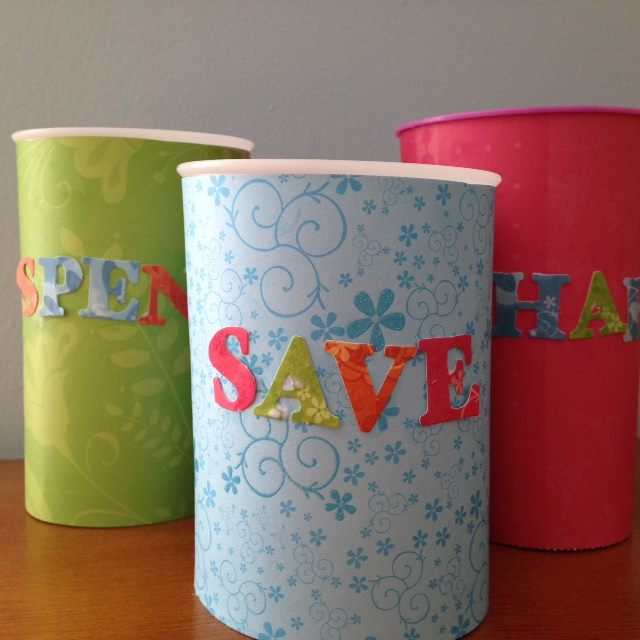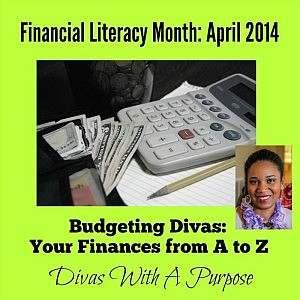Kids and Money
Today’s topic for Financial Literacy Month: Your Finances from A to Z is Kids and Money.
Each day in April, we will be bringing you daily posts centered on our personal finances – saving, making and managing our money.
To discuss today’s topic, we have guest blogger, Rae, from Quarter Life Cents.
Anyone who is attempting to teach their children to have a great relationship with money is in luck – kids are like sponges and are retaining everything you tell them! It just takes a little practice and positive reinforcement .
I work with families with children and a common theme that comes up in our conversations is money. Often times I end up working with pregnant high school students that have no idea the value of money or even how to go about managing their finances. It astounds me that more parents do not take the time to teach money basics to their children!
Money basics can start at a very young age, including teaching children the value of saving for future needs like college expenses, which highlights why scholarships are important, and even their first car. I am a firm believer in giving children “jobs” to earn their money. I believe that working for those few dollars you give them instills a great deal of responsibility. The best idea I have heard of in teaching money skills to young children is giving them a “Spend/Save/Share” bank. This does not have to be complicated and it isn’t something that has to be bought. Three containers works wonders. Ours was made out of plastic cups and scrapbook paper. Don’t waste money buying cute banks while trying to teach your children to save money!

The idea behind this is simple. Say you are getting ready to give your child ten dollars – give it to them in change (all loonies, or a $5 bill and some loonies). It is important that they physically take the money and do this so that they get in the habit of it.
50% of what you give them goes into their spend jar. This is what they get to buy treats out of for the week. 30% goes into their “save” jar. This is for any toy or purchase they may want to make in the future. 20% goes into their “share” jar. It is a nice idea to save this for the whole year and then give them the opportunity to buy toys for a toy drive during the Holidays, or donate items to your local animal shelter. It is important for them to see their money put to work and how it can help other people/animals.
Another tip that I’ve heard and I believe is true – kids should experience buyers remorse before the age of seven. It is said that children develop their money habits by that age and it is important for them to know the feeling of not having enough money for something they want because they’ve made an unwise purchasing decision. The best example of this? Let them spend some money at the dollar store and see what happens when they buy junky toys instead of one quality one.
What are your favourite ways to teach children money skills?

